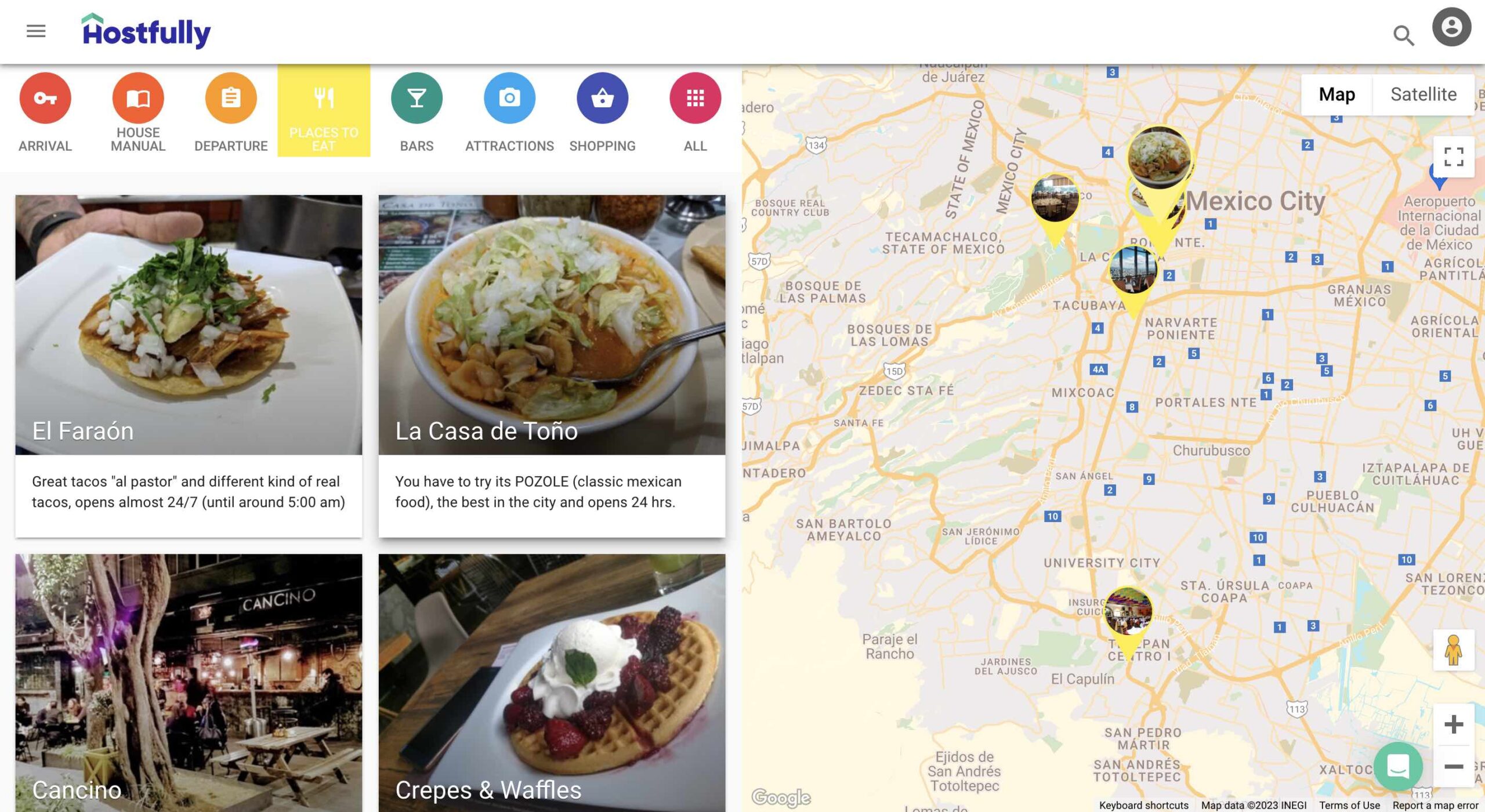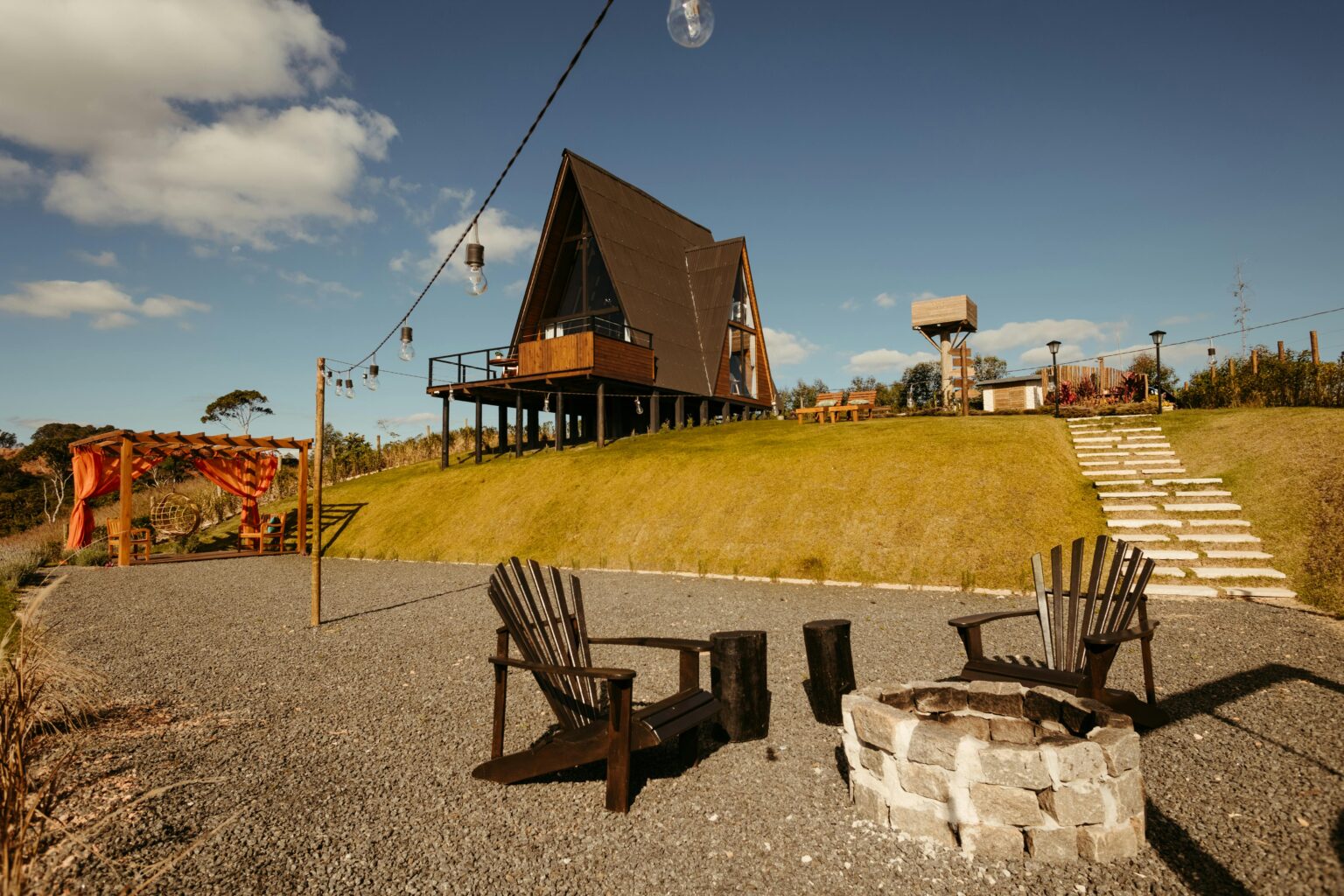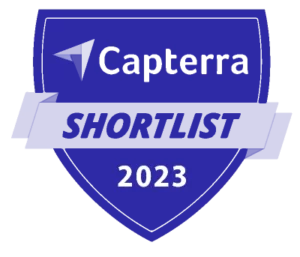As any short-term rental manager knows, a vacation rental business is only as successful as its bookings. And that all begins by painting a picture for potential guests with a compelling, high-quality property description. Especially when competing on popular OTAs like Airbnb and Vrbo, property managers need to go beyond listing the basic amenities and prices to create descriptions that stand out, capture guests’ attention, and ultimately drive those bookings.
From target audience research to your SEO strategy to page title considerations, in this guide, we’ll explore key ways to optimize your vacation rental descriptions and boost your short-term rental’s appeal.
Know your target audience
Before crafting your vacation rental description, it’s crucial to understand your target audience. Consider the demographics and preferences of the guests you are trying to attract. Are you targeting families, adventure seekers, couples, or business travelers? Tailor your description to highlight features and amenities that appeal to your specific audience and generate bookings.
For example, families may seek out safe, baby-proofed properties, while couples might be more apt to go for homes with luxurious en-suite master bedrooms. Business travelers may be drawn to convenience and access to public transportation. Knowing your target audience is critical to your vacation rental business marketing strategy.
Create engaging page titles
The page title is the first thing potential guests see, so make it captivating. Use descriptive language that highlights the unique aspects of your property. When writing headlines, consider the specific OTA guidelines for title tags and title formatting. For example, Airbnb recommends limiting your title character count to 32 for a view full across devices.
In such a confined space, it’s important to consider highlighting your rental property’s most desirable asset in your page title. You may also wish to apply this formula: Adjective/descriptor + property + benefit(s). It’s important to be concise while still conveying the most important information about your short-term rental property.
Highlight unique selling points
To truly captivate potential guests, you need to highlight the standout features of your property. Do you have a breathtaking view? A luxurious swimming pool? Outdoor pet-friendly spaces? A fully-equipped kitchen? By mentioning these unique selling points in your introduction, you create a sense of desire and intrigue. Identify and emphasize the unique features and selling points of your vacation rental.
When describing a vacation home, be mindful of the adjectives you use. Choose words that evoke positive emotions and help potential guests visualize their stay. For example, instead of saying “nice” or “comfortable,” opt for descriptors like “luxurious” or “cozy” to dial up the selling points of your home.
Target vacation rental amenities
While it’s essential to list basic vacation rental amenities, go beyond those essentials. A well-crafted description can pique the interest of potential guests and entice them to learn more. Provide a detailed description of each amenity and its benefits.
For example, instead of simply stating “fully equipped kitchen,” describe the high-end appliances, granite countertops, and spacious layout that make cooking a pleasure for guests. Your rental description is your opportunity to showcase your property and convince potential guests that it’s the perfect choice for their vacation.
Tell a story, boost those bookings
Weave a narrative that helps potential guests envision themselves in your vacation rental. Even if you’re a small manager and don’t have your own website, understanding your brand and property story is key. Describe the experience visitors can expect, both inside the property and in the surrounding area. For instance, if your property is nestled in a historic neighborhood, share a bit of its history and charm. If your vacation rental overlooks a body of water, conjure the memories your guests can experience at sunrise or while stargazing at your short-term rental.
Property managers can go one step further by offering a beautiful and well-organized digital guidebook. Not only do guidebooks provide useful information and local recommendations, but they also add a polished level of professionalism—which can make a big difference in a saturated vacation rental market.

Employ vacation rental search engine optimization
To ensure your vacation rental gets discovered, incorporate relevant keywords throughout your description. Think about your potential guests: use keywords they might seek when searching for properties like yours and do some competitor and keyword research. Do your best to use these useful vacation rental SEO keywords naturally in your description, ensuring a balance between optimization and readability to drive organic traffic.
But a word of caution: while it’s important to use the right keywords as part of your SEO strategy, avoid keyword stuffing and inaccurate descriptions. Aside from detracting potential guests, search engine algorithms may penalize you.
Use high-quality photos
It’s true—a picture is worth a thousand words, so complement your short-term rental description with high-quality photographs. Showcase different areas of the property, including bedrooms, common spaces, breathtaking views, upscale appliances, and any unique features. Investing in professional photos to make your rental look inviting and well-maintained is worth the cost upfront as it greatly boosts potential guests’ user experience.
Be transparent about vacation home rules and policies
Clearly communicate any homeowner rules, policies, or restrictions associated with your vacation rental. This includes check-in/check-out times, pet policies, shared spaces, smoking rules, quiet hours and noise limitations, and any other important details. Transparency builds trust and helps guests make informed decisions.
Conversely, lack of transparency can lead to unhappy guests and poor guest reviews which will not only make your property management company look bad but will push your listings further down on popular OTAs like Airbnb and Vrbo.
Include guest reviews from past bookings
Speaking of guest reviews, if you can, include positive guest testimonials in your property description. Highlighting the experiences of previous guests adds credibility and can be a powerful and persuasive tool. Encourage satisfied guests to leave reviews on your OTA platforms and for any direct booking sites.
Update your property description regularly
While it can be easy to forget about your existing property descriptions, it’s critical to keep your vacation rental description current and reflective of any updates, improvements, or changes. Make sure that any modifications you make to your property descriptions get carried through your marketing strategy and materials, from social media to direct booking sites to OTAs. This not only ensures accuracy but also signals to potential guests that you are actively engaged, maintaining a high-quality, modern property management business.
Conclusion
Crafting an effective vacation rental description requires a mix of creativity, attention to detail, and a deep understanding of your target audience. By implementing these optimization strategies, property managers can create compelling listings that attract more guests, increase bookings, and establish a positive reputation in the competitive vacation rental market. Remember, a well-described property not only captures attention but also sets the stage for a memorable guest experience.







